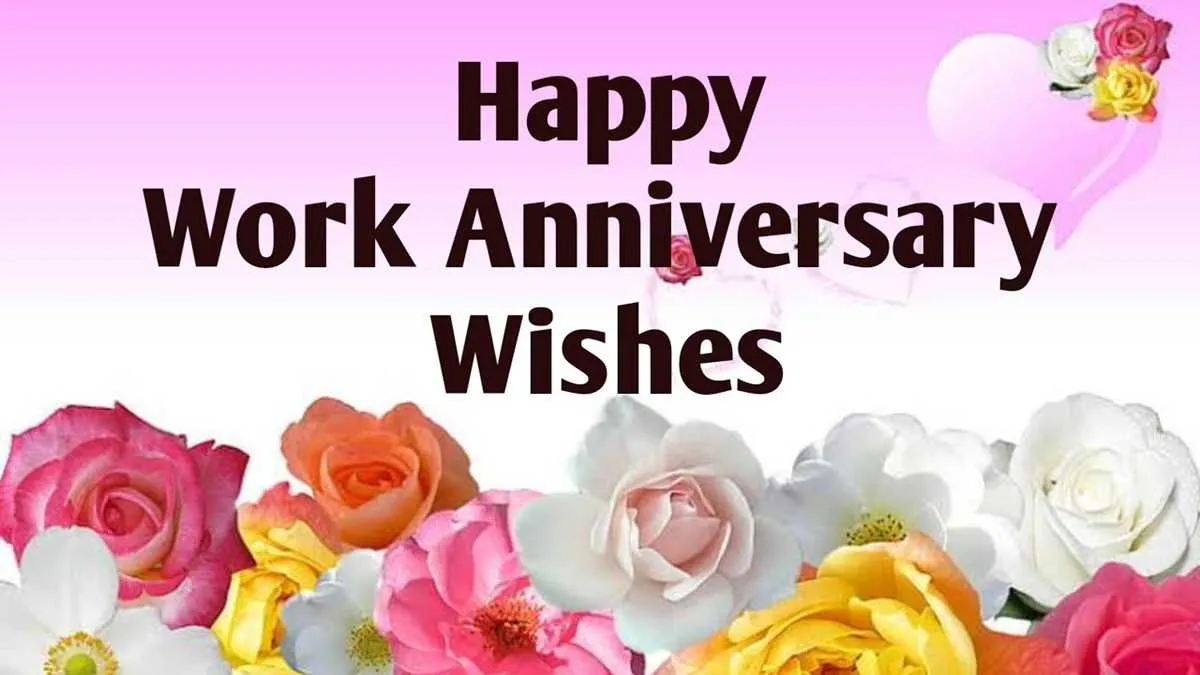Message of Gratitude and Recognition for Choir Members on Their Anniversary

Begin your message by naming specific contributions. For example, “Your dedication to weekly rehearsals and consistent performances has shaped the choir’s character and reputation.” General praise lacks weight; precise recognition carries more meaning and is easier to connect with.
Mention a concrete moment that reflects the choir’s growth. Refer to a memorable concert, a challenging piece they mastered, or an unexpected collaboration. This gives context and shows you’ve paid attention. Specificity deepens gratitude.
Include numbers where relevant. If the choir performed 40 concerts over 5 years, say so. If a choir member served for 12 consecutive seasons, mention it. Quantifiable detail gives scale to appreciation and shows that longevity and effort are seen and remembered.
Balance group recognition with individual acknowledgment. Thank the director for leadership, the accompanist for reliability, or long-time members for continuity. Avoid overly formal phrasing–write as you would speak to someone you respect and know well.
Conclude by expressing a forward-looking sentiment, without exaggeration. Something like, “Looking ahead, your voices will continue to bring people together with clarity, precision, and heart.” This reinforces value without relying on tired phrases.
Appreciation Message for Choir Anniversary
Begin with direct gratitude: “Thank you for your unwavering dedication and the countless hours you’ve invested in every rehearsal, service, and performance.” Acknowledge specific achievements–number of years active, major concerts, or community events supported. Mention names when appropriate: “Special thanks to Sarah, whose leadership kept the alto section strong through every challenge.”
Highlight the collective growth: “Over the past five years, the choir has expanded from 12 to 28 members and introduced four-part harmonies that elevated our performances.” Share measurable impact: “In the last year alone, your music reached over 1,200 attendees and supported three local fundraisers.”
Close with a forward-looking note: “Your commitment shapes not only our worship but our shared culture. Let’s continue setting clear goals, maintaining high rehearsal standards, and welcoming new voices with the same warmth you’ve shown from day one.”
How to Structure a Heartfelt Message That Reflects the Choir’s Journey
Begin with a clear reference to the choir’s founding year and name key individuals who shaped its early direction. This sets the timeline and gives recognition where it’s due.
- Opening statement: Mention the year the choir was formed and acknowledge its original mission or purpose. Highlight specific founders or the first director.
- Milestones: List turning points with brief descriptions. For example:
- First public performance
- Participation in a regional or international event
- Transition to new leadership
- Release of a recording or collaboration with a notable artist
- Challenges: Briefly describe a specific difficulty the choir overcame. Avoid generalities. Focus on concrete events like rehearsal space changes, funding gaps, or restructuring periods.
- Community impact: Quantify audience reach if possible. Mention numbers: concerts performed, audiences reached, or years of school visits or charity events.
- Member growth: Describe how the group evolved. Include membership numbers across decades or shifts in age diversity and voice sections.
- Current state: Mention present activities or achievements. Point out recent repertoire highlights or notable awards.
- Closing reflection: Instead of clichés, share a specific quote from a long-standing member or a unique rehearsal memory that captures the choir’s character.
Keep each section concise. Focus on verifiable facts and shared experiences to make the message authentic and personal.
Choosing the Right Tone and Language for Different Audiences (Members, Leaders, Guests)
Address members directly and use familiar language that reflects shared experiences. Refer to specific events, rehearsals, and inside jokes only they would know. Acknowledge their commitment with phrases like “Your dedication this past year shaped every performance” or “You made each rehearsal count.” Keep the tone warm and personal.
When writing to leaders, focus on strategic achievements and leadership impact. Maintain a respectful tone while being specific: “Your guidance helped us streamline our repertoire and elevate our vocal unity.” Avoid flattery. Stick to measurable outcomes and clear contributions.
For guests, provide brief context without assuming prior knowledge. Avoid internal references. Keep the tone welcoming and informative: “Tonight celebrates the work of singers, directors, and volunteers who shaped our choir’s year.” Clarify who is being honored and why it matters, without overexplaining.
Transition naturally between these tones by adjusting pronouns, context, and detail level. Stay consistent with your voice while tailoring the message to match each audience’s perspective and role.
Incorporating Memorable Moments and Achievements Without Sounding Repetitive
Highlight specific events with concrete details rather than broad summaries. Mention the exact year the choir performed at a national festival, or name the piece that received a standing ovation during the spring concert. This adds texture without echoing previous praises.
Vary the structure of your acknowledgments. Instead of listing accomplishments, connect them to outcomes. For example, describe how a new arrangement challenged the group musically and led to a more confident performance at the winter gala.
Include voices from the group–quotes from long-standing members or brief anecdotes about unexpected backstage moments. These personal insights create contrast with formal recognition and reduce repetition.
Group similar milestones under a common theme. For instance, if several achievements involved community outreach, frame them as part of the choir’s commitment to local engagement. This organizes the message logically while avoiding redundancy.
Use time markers sparingly. Replace general phrases like “over the years” with specifics such as “since the 2013 season” or “during the 25th anniversary performance.” This grounds the message in real moments that are easier to recall.
Revisit lesser-known successes that deserve attention. Acknowledge behind-the-scenes contributions, like the librarian who rebuilt the score archive or the volunteer who handled logistics for a touring concert.
Rotate the focus. One paragraph might spotlight musical growth, the next could center on camaraderie or adaptability during a rehearsal venue change. This helps the message maintain momentum while recognizing diverse aspects of the choir’s progress.